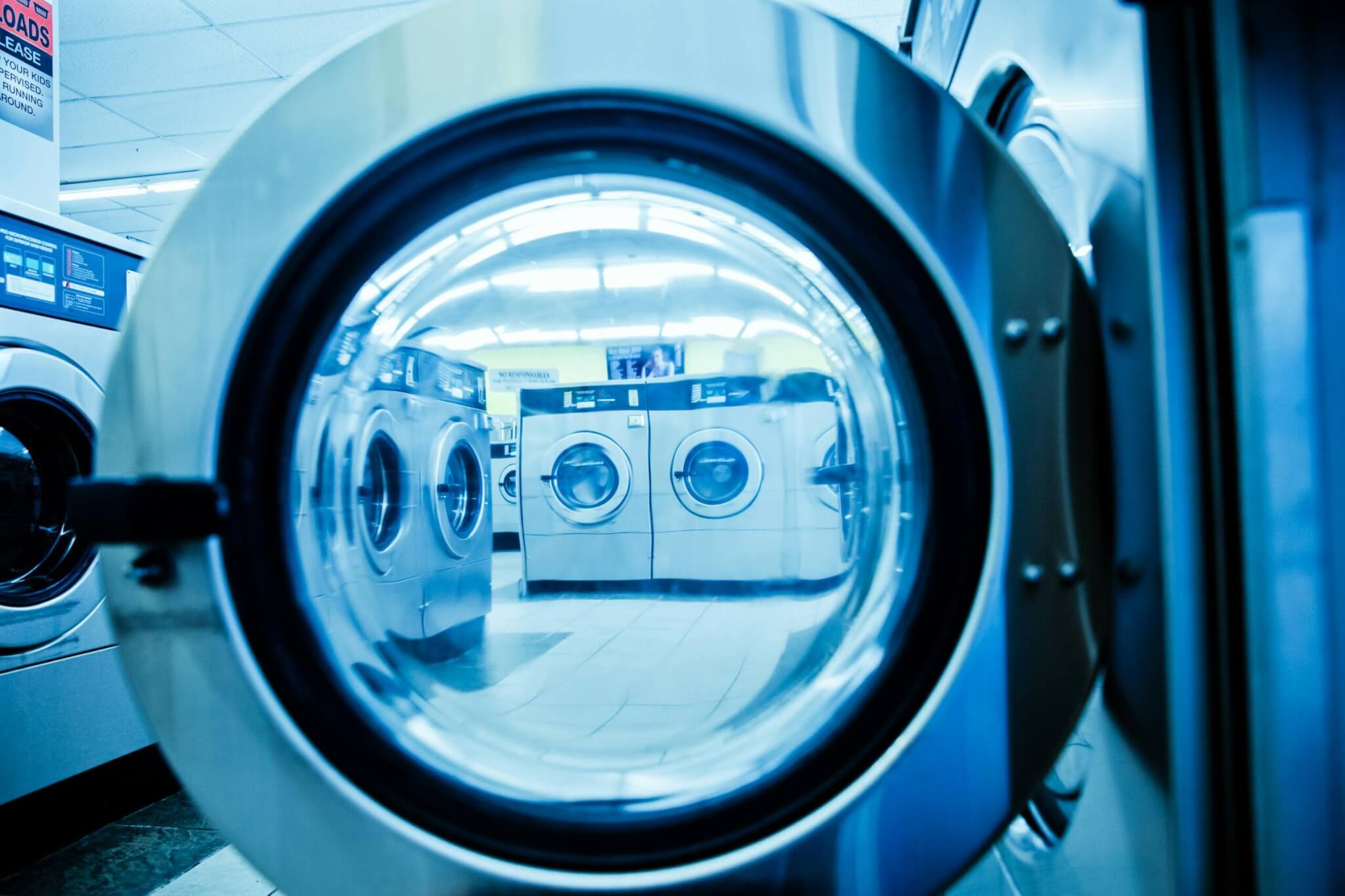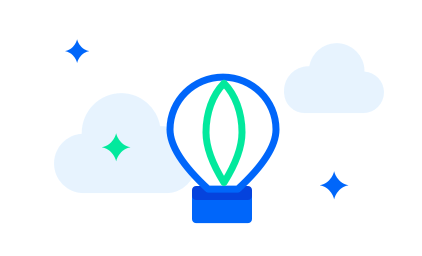Aug 20, 2025
5 min read
How to Get a Business Loan for Your Laundromat in 5 Steps
Running a laundromat business often requires significant upfront and ongoing capital....
Read story

When it comes to borrowing money for your business, understanding how interest rates work is just as important as knowing how much you need. One of the first choices you’ll face is whether to go with a fixed-rate loan or a variable-rate loan. While both options can provide the capital your business needs to grow, they come with very different cost structures and levels of risk.
A fixed-rate loan offers consistent monthly payments, making it easier to budget and plan long-term. A variable-rate loan, on the other hand, starts with a lower interest rate that can change over time based on market conditions. That means your payments may increase or decrease depending on how the broader economy performs.
In this article, we’ll break down how each type of loan works, explore the advantages and drawbacks of both, and help you determine which option makes the most sense for your business goals.
A fixed-rate loan is a type of financing where the interest rate stays the same for the entire life of the loan. From the first payment to the last, the rate you agree to at the start doesn’t change regardless of market fluctuations. This predictability makes fixed-rate loans a popular choice for business owners who value long-term stability in their financial planning.
One of the biggest advantages of a fixed-rate loan is that it simplifies budgeting. Because the interest rate doesn’t change, your monthly payments remain consistent, making it easier to forecast expenses and manage cash flow. Fixed-rate loans also offer peace of mind during periods of economic uncertainty or rising interest rates, since your payments are protected from volatility.
However, this stability often comes at a cost. Fixed-rate loans typically start with higher interest rates than variable-rate loans, especially when market rates are low. That means you could end up paying more in interest if rates stay flat or decline. And if you want to refinance later to take advantage of lower rates, it may require additional fees or a new loan altogether.
A variable-rate loan, also known as an adjustable-rate loan, features an interest rate that can change over time. Instead of locking in a single rate at the start, these loans are typically tied to a benchmark index—such as the prime rate or SOFR (Secured Overnight Financing Rate)—plus a margin set by the lender. As the index moves up or down, so does your interest rate and monthly payment.
Variable-rate loans can be attractive because they often start with a lower interest rate than fixed-rate loans. This can translate into lower initial payments, which may free up cash for other business needs or make financing more accessible in the short term. For businesses that plan to repay their loan quickly or expect interest rates to remain stable or fall, the savings can be significant.
But there’s risk involved. If market interest rates rise, your monthly payments can increase—sometimes significantly. This unpredictability makes variable-rate loans harder to budget for, especially over longer terms. For business owners with tight margins or little room for error, that uncertainty can create financial strain.
While both loan types serve the same purpose—providing capital for your business—they differ significantly in how interest is handled and how much predictability they offer. Understanding these differences can help you choose the right loan for your financial situation and risk tolerance.
The most fundamental difference is how the interest rate behaves over time.
How easy it is to budget depends on whether your payments stay the same each month.
Your total interest cost depends on how long you hold the loan and how interest rates behave during that time.
Each loan type aligns better with certain financial goals and borrowing strategies.
Choosing the right type of loan isn’t just about interest rates—it’s about how that loan fits into your overall business strategy. Here are some key factors to evaluate before deciding which option is best for your needs.
Start by assessing your current cash flow. If your business has steady, predictable revenue, you might be able to handle some payment fluctuation. But if cash flow varies month to month, a fixed-rate loan may offer the security you need to avoid surprises.
Your view of where interest rates are headed should factor into your decision. If rates are expected to rise, locking in a fixed rate now could save you money in the long run. On the other hand, if rates are likely to stay low or decline, a variable-rate loan might offer initial cost savings.
The longer you plan to carry the loan, the more impact interest rate movement will have over time. Short-term loans may carry less risk with a variable rate, while long-term loans benefit from the stability of a fixed rate.
Some business owners are comfortable taking on a little risk to save money upfront. Others prioritize long-term security, even if it costs more. There’s no one-size-fits-all answer—just the approach that matches your comfort level.
Imagine a business owner named Maya who runs a seasonal wholesale distribution company. She needs $100,000 in working capital to cover bulk inventory purchases before the busy season. She expects to repay the loan within 8 to 10 months, once that inventory is sold.
Maya considers a variable-rate loan because the initial interest rate is lower, and she plans to pay it off quickly—before any rate adjustments are likely to have a major impact. Since she has strong sales projections and a short repayment timeline, the potential savings on interest outweigh the risk of a small rate increase.
Now contrast that with David, who owns a small marketing agency and wants a loan to invest in new hires and equipment over the next three years. His revenue is stable, but not growing rapidly. For David, a fixed-rate loan makes more sense. It allows him to budget around a steady payment, avoids any surprises from rising rates, and gives him peace of mind while building the business gradually.

Aug 20, 2025
5 min read
Running a laundromat business often requires significant upfront and ongoing capital....
Read story

Jul 09, 2025
5 min read
Business loans can be a critical source of working capital, helping...
Read story

Jun 18, 2025
5 min read
A personal guarantee is a legally binding promise made by a...
Read story

A funding specialist will get back to you soon.
If you can’t hang on then give us a call at (844) 284-2725 or complete your working capital application here.